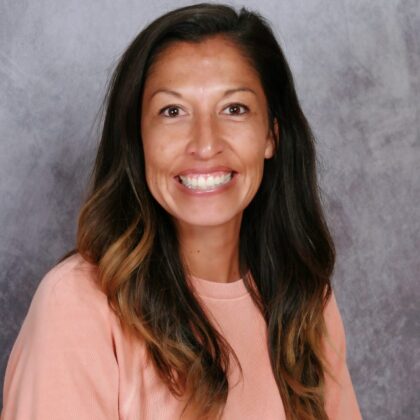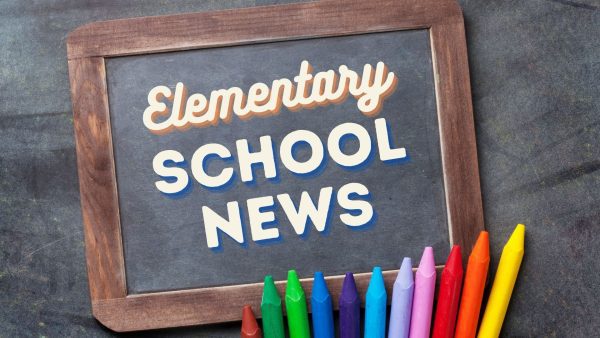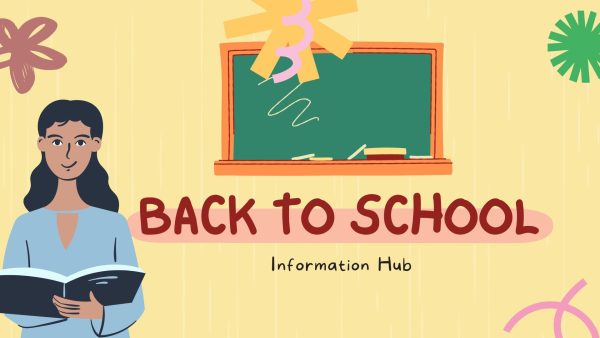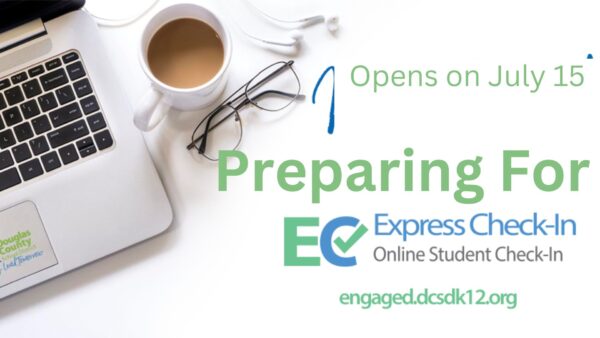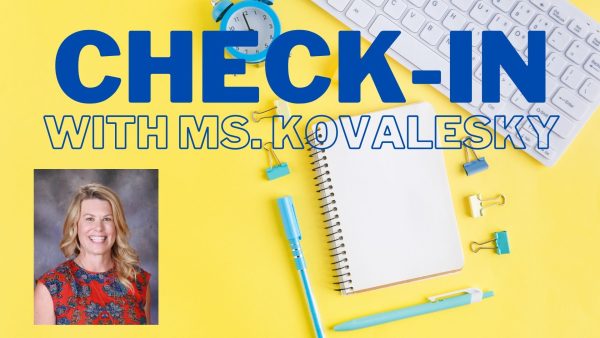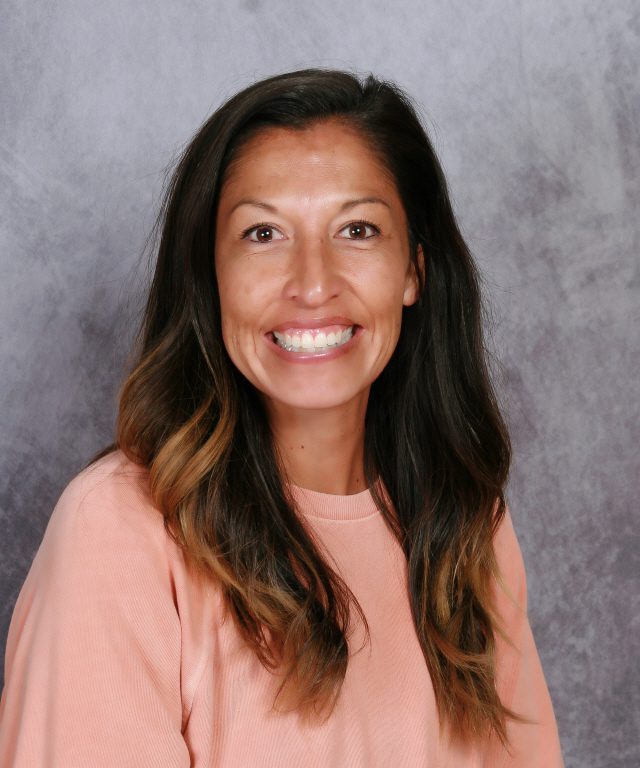We Innovate Early
Our unique K-12 model encourages innovation from an early age, laying the foundation for a lifetime of discovery.
At the STEM School Highlands Ranch Elementary School we focus on providing a rigorous and relevant core education that taps into the innate curiosity of each student while integrating essential STEM skills and concepts within literacy, mathematics, social studies and science.
Our classrooms come alive with relevant, problem-based learning where 21st Century Skills are embedded through the use of technology, critical thinking, and collaboration to engage the heads, hearts and hands of students in authentic and real world issues. All elementary students will participate in specials classes that include art, music, physical education, technology, engineering, and world language.
Character development is key as we nurture and develop responsible and respectful elementary students.




